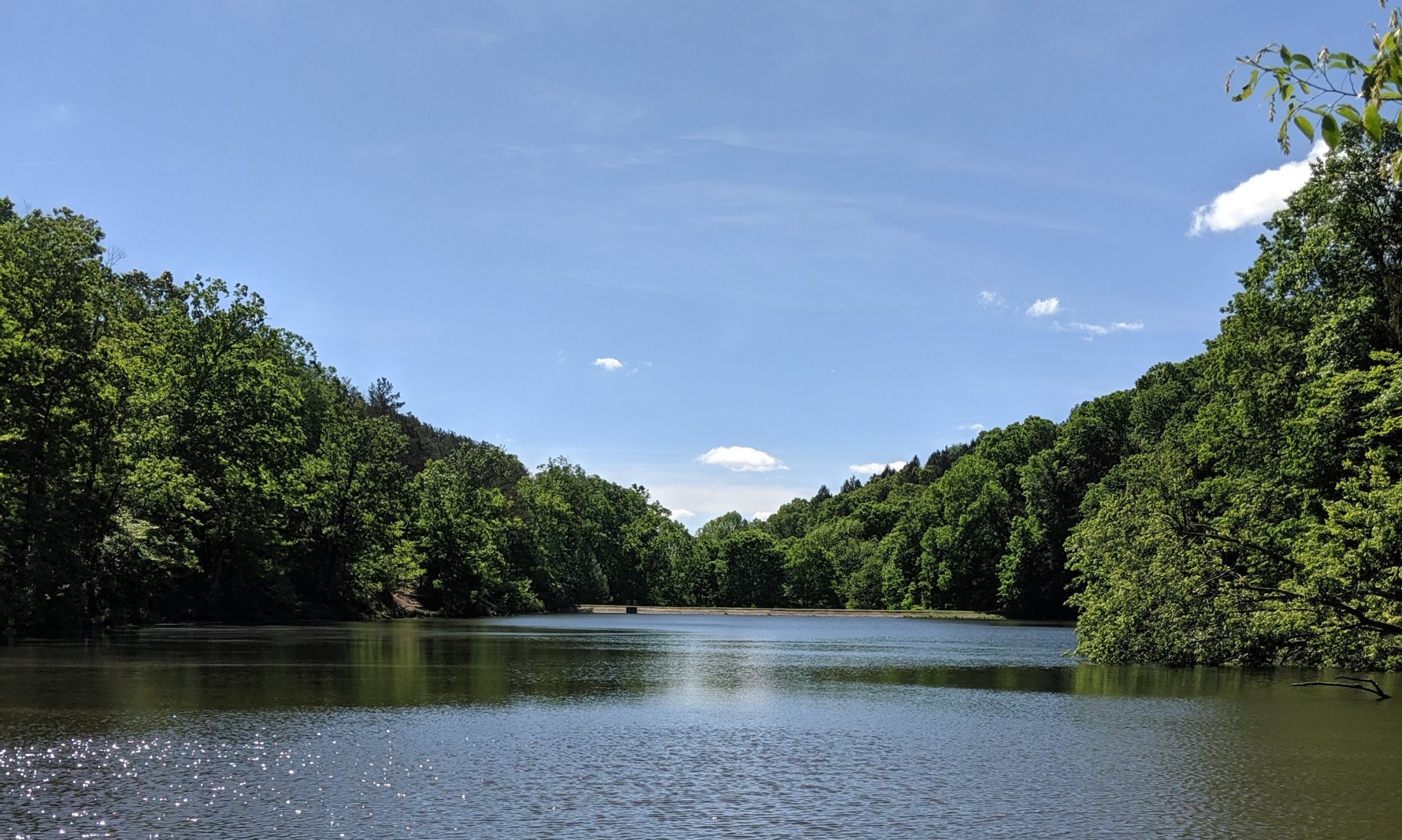Wooly mammoths, reindeer, and musk ox once roamed the landscape. Ice easily towered high above the tallest trees. Indiana in winter, yes… but obviously not last winter.
What this does describe is Indiana in the Pleistocene Epoch and the Continental glaciation that occurred during this period. A period in earth’s history when glaciers advanced into North America and covered a significant part of the landscape. The glaciers that found their way into Indiana originated from the Laurentide ice sheet which was centered in the Hudson Bay area. Due to climactic conditions, this ice spread into North America and covered parts of Indiana, among other areas of the continent. A similar glacial period also occurred simultaneously in Eurasia.
Beginning almost 3 million years ago, the Nebraskan glacial period began in North America. It was followed by three more glacial periods – the Kansan, Illinoian, and finally the Wisconsinan. Each of these glacial periods was separated by one or more interglacial or warming periods.
There is limited evidence that Indiana was directly impacted by the Nebraskan glacial period and limited knowledge of Kansan glaciation in Indiana (from Melhorn in Natural History of Indiana). Much more clear is the impact of the Illinoisan and Wisconsinan glacial periods. Much of the landscape we see in Indiana was a direct result of these two glacial periods. However, not all of Indiana was glaciated during these two glacial periods. As the map indicates below, a significant part of southern Indiana was left untouched by glacial ice. This terrain provides some stark contrasts with other glaciated areas of Indiana.
If you were in downtown Columbus during the Illinoian, you would have been covered by ice. During the Wisconsinan period, you would be standing against a wall of ice easily larger than the tallest building currently standing in the Columbus area. The depth of Laurentide ice sheet at its origin in the Hudson Bay area was estimated to be at least 10,000 feet. You might also notice a pond on the right hand side of the road as you travel north on Taylor Road. Sitting just past 31st street is a fine example of a kettle pond. It was created when a large chunk of ice calved off the glacier and depressed the ground thereby creating this glacial remnant. Many have mistaken it for a retention pond like the one a few blocks further north on Taylor Rd.
Ice of this significance obviously has had an impact on Indiana’s terrain. Whether it is glacial outwash, sand dunes, the natural lakes of northern Indiana, glacial erratics, moraines, or other glacial features that appear in Indiana, we live in a land impacted by ice.
To say that for destruction ice Is also great And would suffice.” – From Fire and Ice by Robert Frost
GLACIAL MAP OF INDIANA
Courtesy of Earlham University

